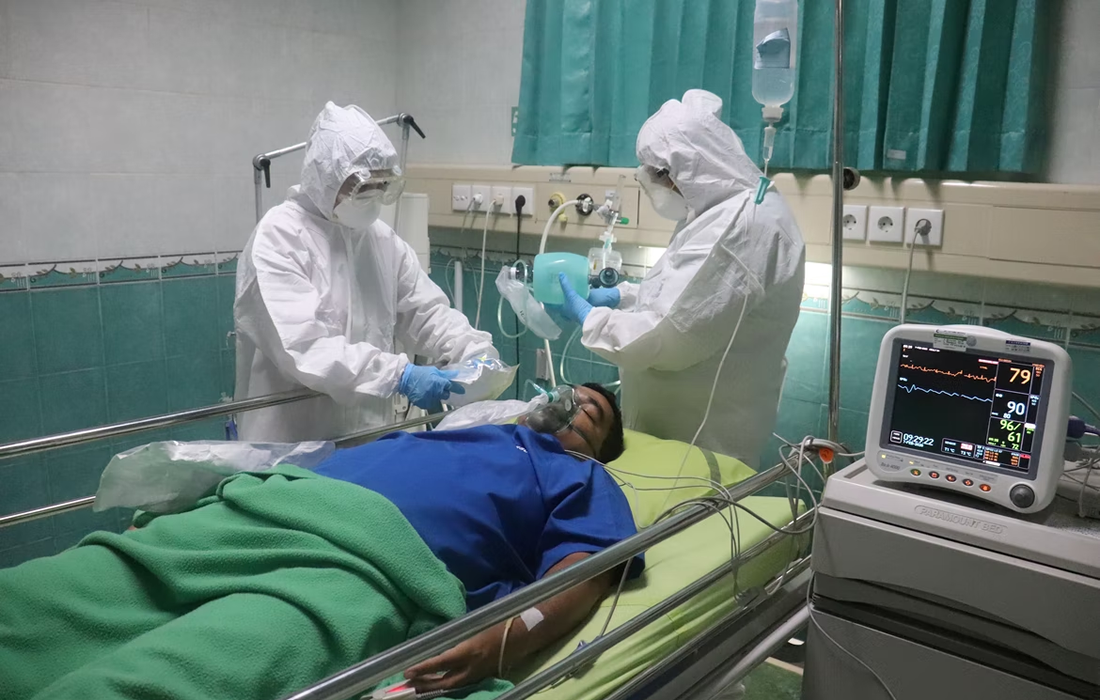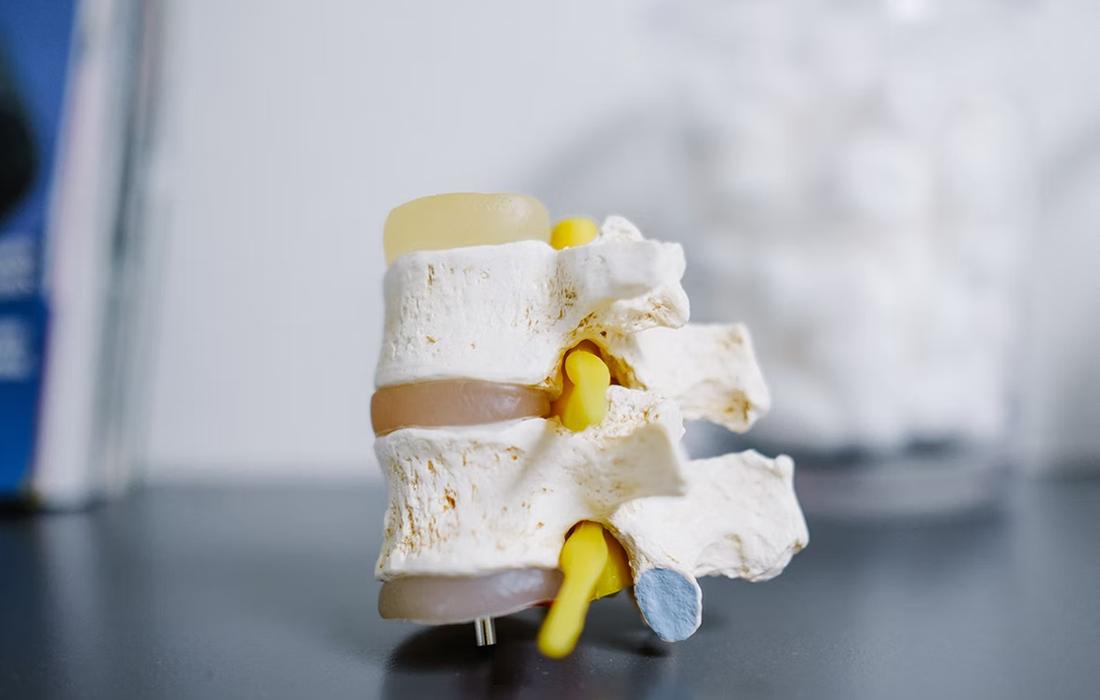Pelvic floor disorders (PFD) which include urinary incontinence (UI), pelvic organ prolapse (POP) and bowel dysfunction (difficult defecation and anal incontinence (AI)) are common among adult women. But less than 15% of these women seek medical treatment for their symptoms. These disorders impact quality of life for many women. A true prevalence of these disorders […]
Author Archives: Gabriel Piña, MD
Allergic disorders including allergic dermatological diseases especially atopic dermatitis (AD), rhino-conjunctivitis, asthma, food, and drug allergies are common chronic morbidities in pediatric patients. Though the exact pathogenesis of allergic disorders is not yet defined, it appears that genetic and environmental factors play a role in their development. In addition to physical discomfort, chronic allergic disorders […]
Chronic granulomatous disease (CGD) is by mutations in genes coding for subunits or regulatory proteins of the NADPH oxidase complex, that is, X-linked mutations in CYBB or autosomal recessive mutations in CYBA, NCF1, NCF2, and CYBC1, that cause absent or severely reduced production of superoxide in all phagocytes , so they are unable to kill […]
Coronavirus disease 2019 (COVID-19) caused by SARS-CoV-2 has been associated with various non respiratory manifestations, including those affecting cardiovascular, gastrointestinal, neural, coagulation, and locomotor systems, although endocrine disorders such as diabetes mellitus , thyroiditis ,male infertility , and adrenal insufficiency have been described, but their long-term clinical course remains unclear. Kai Yoshimura, Kakogawa Medical Center, […]
Old adult population has been increasing thanks to longevity. The accompanying increased prevalences of chronic illnesses, loss of musculoskeletal mass, frailty, and bone fragility increase the risk of falls and fractures. Loss of independence increases the number of people needing full time institutionalized care, the source of around 30% of all hip fractures in the […]
There are some studies about anti-aging proteins that have long been shown to protect against age-related diseases, such as cancer, neurodegeneration, and cardiovascular disease. Those proteins are present in the blood, and they can be measured to get an idea of the metabolism of your body. The immune system is an army to defend or […]
Sepsis is a life-threatening organ dysfunction by the overreaction of the immune system to an infection, affects more than 1.5 million people and kills at least 270,000 every year in the U.S. alone. The standard treatment of antibiotics and fluids is not effective for many patients, and those who survive face a higher risk of […]
Osteoporosis is a systemic bone metabolic disease characterized by decreased bone mass, degeneration of bone tissue structure, which subsequently results in bone fragility and susceptibility to fractures. The incidence of osteoporosis rises rapidly as the population ages, with approximately 1.5 million typical osteoporotic fractures (OF) of the spine, hip, and wrist occurring each year in […]
Hypogonadism refers to a condition in which little or no hormone is produced by the testes or ovaries. There are many possible etiologies for this condition, and it depends if where onset before or after puberty, this last one is called late-onset hypogonadism (LOH). The primary source of testosterone in males is Leydig cells in […]
Gut microbiome is defined as the collection of microbes that live in the intestinal tract. Some studies have shown good results of a more diverse gut microbiome is linked to a lower risk of heart disease, diabetes, and severe COVID. In a study in the Journal of Agriculture and Food Chemistry, men who drank one […]










